Weight loss that works and is permanet
BMI and waist circumference. Are you overweight or TOFI (thin outside fat inside)?
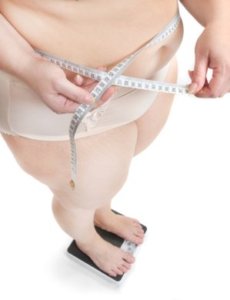 It is a myth that the only way to obtain or maintain your ideal weight is to stick with boring, low-fat diets and loads of hardcore physical training.
It is a myth that the only way to obtain or maintain your ideal weight is to stick with boring, low-fat diets and loads of hardcore physical training.
The following guide will help you adjust your own diet and exercise program – so that you can see permanent results. First, let’s look at your BMI and waist circumference, as many people have a somewhat distorted picture of their own weight and appearance.








 When trying to lose weight, it is usually easier to achieve results if you change your diet. It is also important to exercise. Just remember that in order to burn the calories that you get from eating a single candy bar, you need to walk for an hour or more.
When trying to lose weight, it is usually easier to achieve results if you change your diet. It is also important to exercise. Just remember that in order to burn the calories that you get from eating a single candy bar, you need to walk for an hour or more.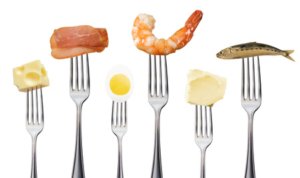 The body makes energy by breaking down the essential macronutrients, carbohydrate, protein, and fat. Even alcohol provides energy.
The body makes energy by breaking down the essential macronutrients, carbohydrate, protein, and fat. Even alcohol provides energy. Most of the protein we consume is used to build muscle, skin, hair, and nails.
Most of the protein we consume is used to build muscle, skin, hair, and nails.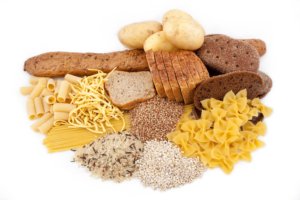 Even though carbohydrates are an important source of energy for the brain, the muscles, and other organs, they often contribute to weight problems.
Even though carbohydrates are an important source of energy for the brain, the muscles, and other organs, they often contribute to weight problems. 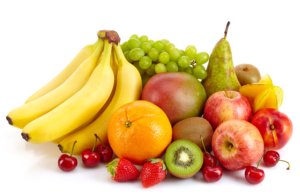 Fructose, also known as fruit sugar, plays an overlooked role in the obesity epidemic, in elevated cholesterol, and in the development of type 2 diabetes.
Fructose, also known as fruit sugar, plays an overlooked role in the obesity epidemic, in elevated cholesterol, and in the development of type 2 diabetes. 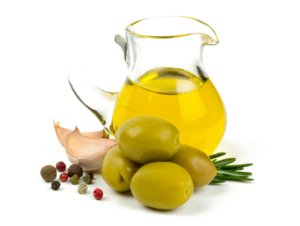 Fats or lipids constitute an important source of energy that is especially useful for the muscles and the heart. They also help stabilize your blood sugar levels. The different fats have many other functions such as supporting cellular construction and the hormone system, immune system, and nervous system. The essential omega-3 and omega-6 fatty acids, which we get from our diet, have a particularly important role.
Fats or lipids constitute an important source of energy that is especially useful for the muscles and the heart. They also help stabilize your blood sugar levels. The different fats have many other functions such as supporting cellular construction and the hormone system, immune system, and nervous system. The essential omega-3 and omega-6 fatty acids, which we get from our diet, have a particularly important role. Proper nutrition is based on the right balance between the energy-providing macronutrients (carbohydrate, fat, and protein).
Proper nutrition is based on the right balance between the energy-providing macronutrients (carbohydrate, fat, and protein). Vitamins and minerals are essential micronutrients that we primarily get from our diet
Vitamins and minerals are essential micronutrients that we primarily get from our diet